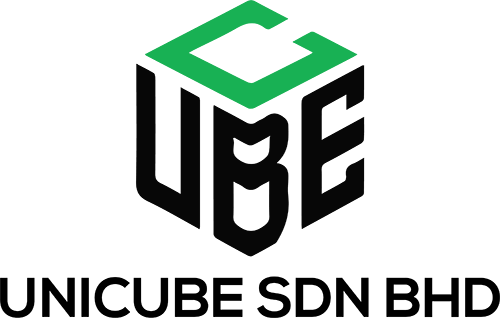In a competitive world, products move quickly from manufacturing facilities to store shelves. However, as these goods travel, dishonest sellers often attempt to copy or counterfeit them. So, it creates safety threats for brands and companies. This creates significant problems for legitimate companies and their customers.
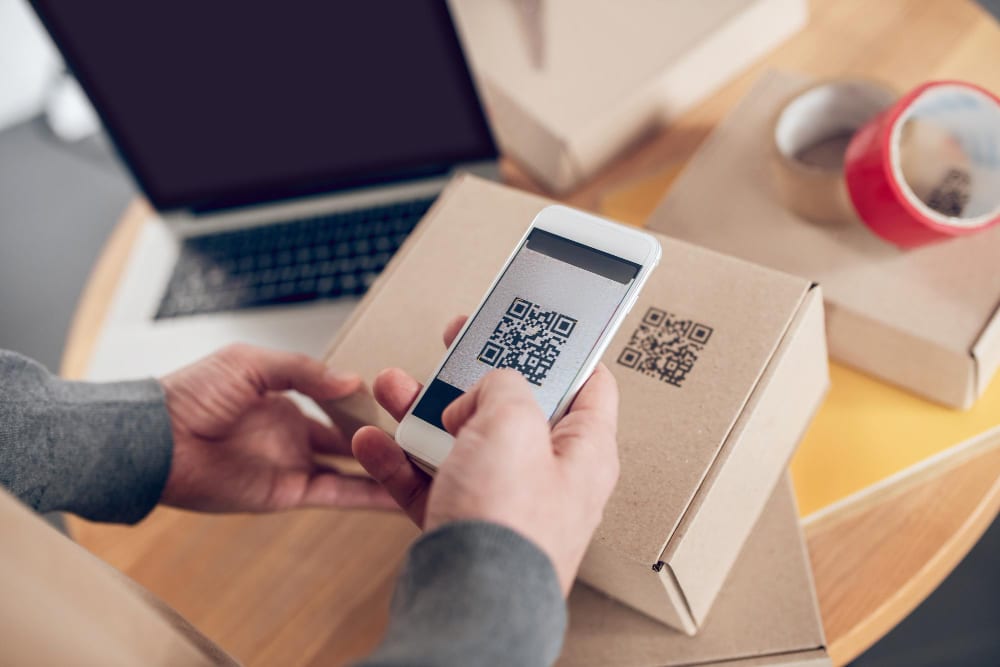
To overcome this, businesses now use advanced techniques to prevent counterfeiting and protect their products from fraud and damage. Hologram verification has emerged as a powerful solution for this purpose. It provides an effective method for verifying a product’s authenticity during transactions. When combined with a QR code system, this technology becomes even more robust and secure. This system does more than just offer protection; it builds trust among buyers, sellers, and the regulators who oversee product safety.
Why Do You Need Hologram Verification?
Hologram verification uses small, colourful labels called security hologram stickers for protection. These stickers are not easy to copy due to their complex patterns. They contain unique designs, colours, and patterns that change when looked at from different angles or lighting. You might see something hidden or special only when the light focuses it in a certain way.
Businesses place these stickers on their products for added brand trust. When you buy something and see a hologram security label, you know the company wants to protect its brand and your safety confidently. This method allows people to easily identify real products and avoid fakes in most situations. The product is likely real when the sticker is genuine, offering safety.
How the QR Code System Supports Verification
While hologram stickers work well, QR-code stickers make them even stronger tools. A product QR code on a sticker gives the buyer a way to check the product using their phone or tablet. All they have to do is open their camera and scan the code using a stable internet connection.
Discover the process of creating tamper-proof labels and QR code stickers in our guide on how to make a security hologram.
A website immediately opens with more information about the item or brand. This QR code system connects the physical world with the digital one seamlessly. It can show when and where the product was made, how it was packed, and if it was sold anywhere before. If something seems strange, the buyer or the company can act quickly.
Why Hologram Verification Matters
For Consumers
Buyers want to feel safe about what they use or eat daily. When they scan a product-QR code or check a security-hologram sticker, they get peace of mind knowing it’s authentic. They know the product came from the right place and hasn’t been changed or copied by fraudsters. It helps them avoid fake goods and keeps them from getting tricked easily.
For Businesses
Companies work hard to build strong brands that customers remember clearly. Fake items can ruin that work and harm product trust. People who get poor-quality fakes may stop trusting the authentic brand altogether. By using QR code based stickers and hologram security labels, businesses protect their name, hard work, and profits globally. They also get fewer complaints and stronger relationships with their customers in the long term.
For Regulators
People in charge of public safety need tools that help them track products reliably. Hologram verification and QR code systems help them trace the path of a product through the chain. They can follow the journey from the manufacturing unit to the store through detailed logs. If a problem happens, it becomes easier to find where things went wrong quickly and stop more issues from spreading further.
Benefits of QR-Code System
1. Improves Product Tracking
The QR code security system enables companies to follow a product at every step of production. The code keeps a digital path for traceability from when it gets made until it lands in a store. This tracking reduces the chance of mistakes or mix-ups across the chain. If a problem pops up, the company can act fast and fix it without delay. With product QR codes, there’s less guessing and more knowing at each critical stage.
2. Strengthens Consumer Trust
When people see a QR code sticker beside a security hologram sticker, they feel more confident immediately. A quick scan shows that the product is part of a trusted system designed to verify details. It doesn’t just look real, it proves it is through linked data. This builds trust with buyers, making them return again and again without doubts. They know what they’re getting is real and verified by reliable systems.
3. Supports Easy Verification Anywhere
Anyone with a phone can use a product QR-code to check products. They don’t need special tools or training to perform a scan. They can scan the code at home, in a shop, or even while travelling and get answers instantly. This simple way of checking things makes life easier for buyers and sellers everywhere. It also helps when products move between countries or big markets with high volume.
4. Prevents Counterfeit Sales
Fakes spoil everyone in the market and erode brand trust. They confuse buyers, damage brand image, and cause money loss through poor customer experience. The QR-code system makes it hard for fakers to keep up with security layers. Even if they try to copy a sticker, they can’t match the digital code behind it or access the data. When someone scans a fake, the system spots it fast and can send alerts for action.
5. Reduces Customer Complaints
When customers can scan and check before they buy anything, they avoid bad products and wrong purchases. This means fewer complaints, less refund work, and happier buyers with positive feedback. Using hologram security tools and QR code stickers helps stores sell better and consistently satisfy their customers. Everyone saves time and money while enjoying safer buying experiences across all sectors.
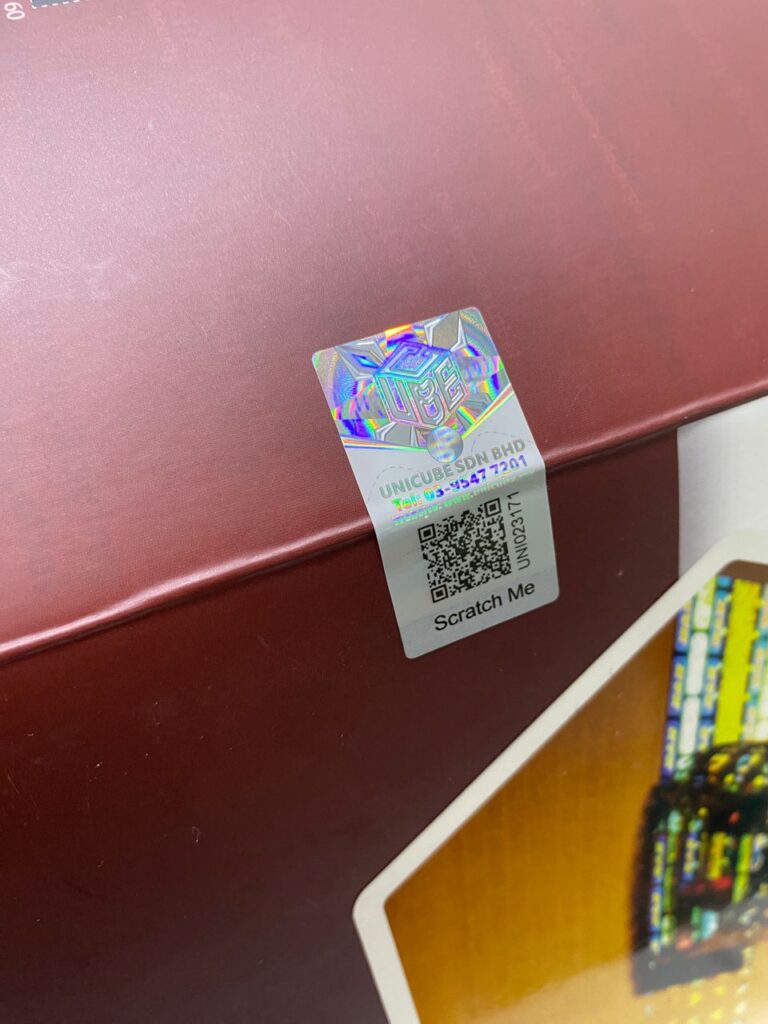
Real-World Verification Examples
Airline Boarding Passes
Many airlines use QR code stickers on their boarding passes for safety checks. When travellers reach the gate, they scan the QR code of the product to prove they have the correct ticket. This system moves people quickly and keeps flights safe from misuse. The code can’t be reused or faked, making flying smoother and more secure for all travellers and airline staff.
Cosmetics
Popular face creams, soaps, and perfumes often come with security hologram stickers placed clearly. These labels help customers know the product hasn’t been opened or changed during shipping. Some even carry a QR-code sticker that buyers can scan to check if it’s safe and real before using. This helps protect skin and health from harmful or fake cosmetics sold in stores.
Government IDs
Government IDs now often use both QR-code systems and hologram protection together. These features help officers and citizens check if a document is real through scanning. The product QR-code leads to safe databases for identity verification. This way, everyone can trust that the ID belongs to the right person and hasn’t been changed or forged for misuse.
Conclusion
Hologram based verification offers a strong solution that builds product trust. Special labels and codes help buyers check quickly and clearly using their phones. The security hologram stickers show visual proof, and the QR-code sticker instantly connects the product to trusted data online. Businesses use these tools to repeatedly protect their brands, reduce problems, and earn customer trust.
People who check products feel safer and smarter while shopping in stores or online. And rules are easier to follow when everything can be tracked and proven with accurate data. Using hologram-based security and QR-code systems creates a strong wall against fake goods entering markets. It makes buying and selling better for everyone involved across the product journey.
